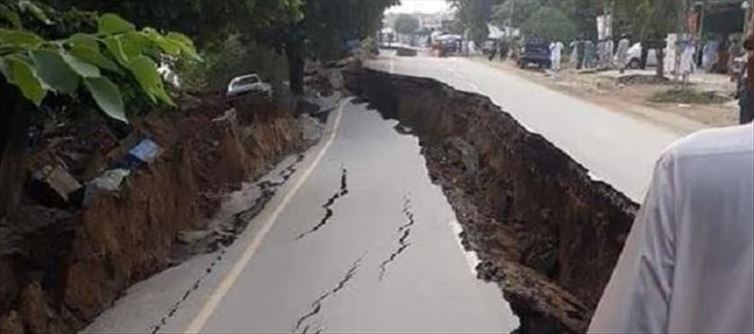
Accordingly data indicates that earthquake incidents have increased this year. Moderate earthquakes and tremors are common in northern india and Nepal. In this case, the data indicates an increase in earthquakes in 2023. As recorded by the National Seismological Center in delhi in the last 3 years and current year, 42 earthquakes of 3.0 to 3.9 on the Richter scale were recorded in 2020. 18 earthquakes of 4.0 to 4.9 and 1 of 5.0 to 5.9 were recorded. No tremors were reported between 6.0 and 6.9.
In 2021, there were 41 earthquakes between 3.0 and 3.9 on the Richter scale, 18 between 4.0 and 4.9 and 1 between 5.0 and 5.9. No tremors were reported between 6.0 and 6.9. In 2022, there were 41 earthquakes between 3.0 and 3.9 on the Richter scale, 20 between 4.0 and 4.9 and 3 between 5.0 and 5.9. 1 earthquake between 6.0 and 6.9 was recorded.
In 2023, 97 earthquakes of magnitude 3.0 to 3.9 on the Richter scale were recorded, 21 earthquakes of 4.0 to 4.9 magnitude, 4 earthquakes of 5.0 to 5.9 magnitude and 2 earthquakes of 6.0 to 6.9 magnitude were recorded till november 2023. The indian Bureau of Standards (BIS) has published a seismic zone map of India. It provides guidelines for the implementation of essential engineering standards and practices for the construction of earthquake resistant buildings in specific earthquake zones.
The National Disaster Management Authority (NDMA) is responsible for various precautionary measures such as earthquake drills, awareness events to enhance earthquake preparedness and response. Union minister of Geosciences kiran Rijiju gave this information in a written reply in the lok sabha yesterday.




 click and follow Indiaherald WhatsApp channel
click and follow Indiaherald WhatsApp channel